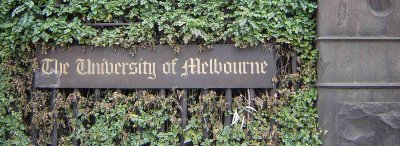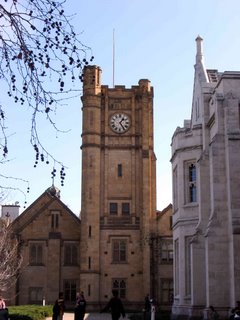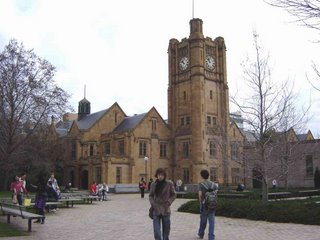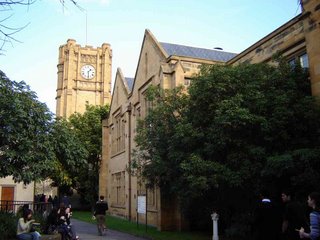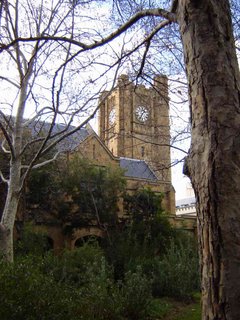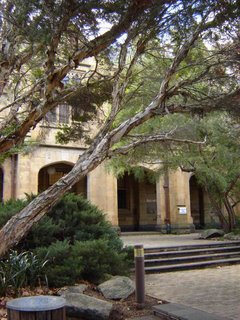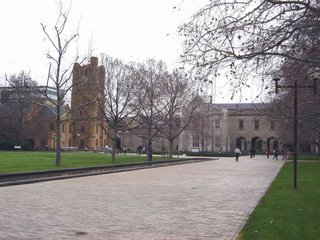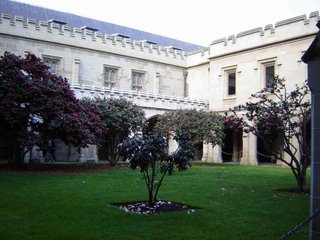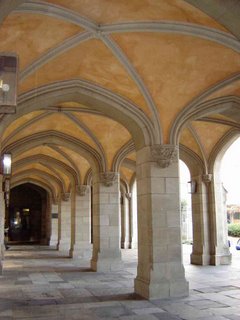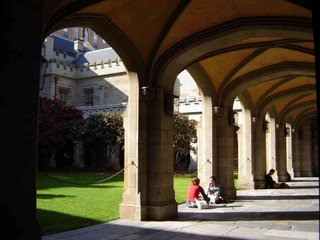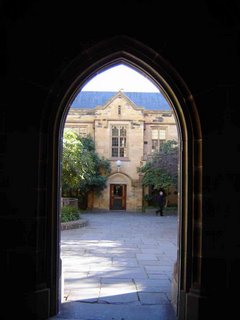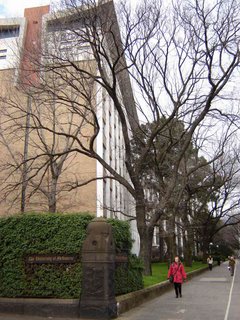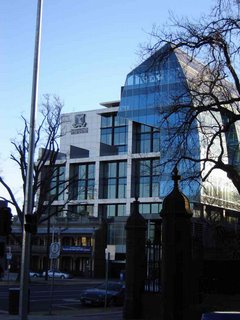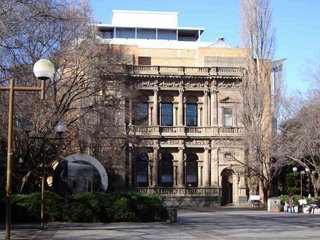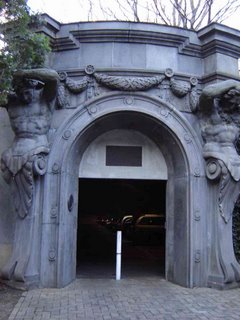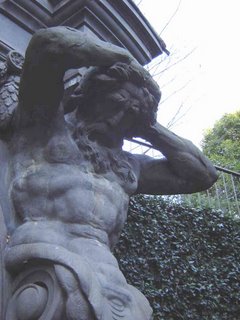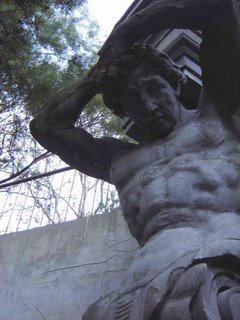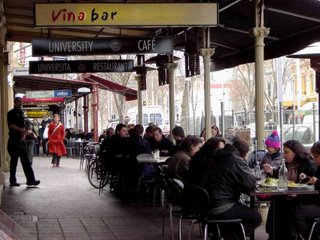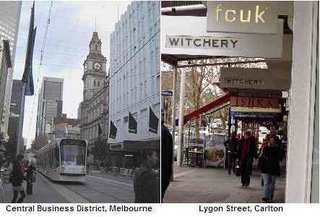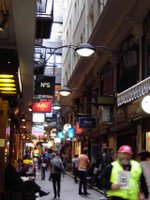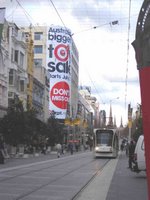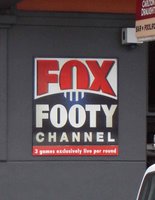Home Sweet Homesickness
I am generally a stranger to homesickness, and I have not usually missed people and places I have encountered in my life. This fact has always bothered me because it meant, perhaps, that I didn't have people and places in my life that were "home" to me, or that I didn't recognize them as such. Similarly, it has always bothered me that I didn't particularly identify with being American or Korean--I wanted a place to identify with.
It is nearly a month since I left the States. During most of this time, I have been quite occupied finding a place to live, getting my bearings in this city, figuring out my classes, and just taking care of everyday things, like checking email, going grocery shopping, and cooking enough to satisfy my intractable hunger. In between these daily imperatives, though, when I'm walking to school or sitting on the tram, or at the end of a tiring day, my thoughts wander to the places I have lived in recent years and the people whom I've had the fortune of knowing. I recall the everyday sights and sounds that colored my existence, from the little supermarket across from my building at Teachers College to my favorite laughs of my friends, and I miss them. Yet it is a sweet feeling because it means that I have people and places in my life that I feel at home with (if you are reading this, you are probably one of them, unless you are a random web surfer). That is not true for so many people in this world. There was a segment on the Today Show before I left on how loneliness in the U.S. is on the rise, and it said that compared to twenty years ago, a larger percentage of the U.S. population reports that they have no one in whom to confide.
Interestingly, being in another country has made even things that are not a significant part of my life in the U.S. come into relief and suddenly become part of "my life" because they are American. The Melbourne International Film Festival is going on right now, and tonight, I went to see a documentary called Beyond the Beats and Rhymes: A Hip-Hop Head Weighs in on Manhood in Hip-Hop Culture. It is a reflection on and analysis of the violent, misogynistic, and homophobic themes in hip-hop, and the cultural underpinnings of them. Now, I don't even listen to or like hip-hop (I went because I like cultural critiques and hip-hop is the music of choice for most of the students I have worked with), but I found the images of African American hip-hop artists, and African Americans in general, strangely comforting. Likewise, the images of the South Bronx suddenly became images of "my home", and I've never set foot in the South Bronx. They had a clip where they showed the director and narrator, Byron Hurt, playing professional football, which I (a Texan, from Dallas) have yet to fully understand or watch a full game of, and it made me miss the U.S.! I went to the film by myself, and afterward, I wished that I had gone with someone, just so I could talk about America.
I'm not trying to say that the film made me proud to be American--I still have the same general feelings about American media that I expressed in a previous blog, and I still don't like hip-hop. But I missed being part of American society, even with its difficult issues and flaws. Much of the film brought out the socioeconomic and cultural milieu of many African Americans and Latinos, and I sort of missed reading and hearing about these issues, though I try to keep up with the news at home. One thing that was quite noticeable to me early on was that there are virtually no black people in Melbourne (which also means there are virtually no Aborigines in Melbourne). I don't think Melbourne faces a racial issue similar to that of the United States. (As for the Aborigines, they are pretty much the minority equivalent of American Indians, living on designated areas of land, and alcoholism and gambling are rampant in their communities, so I rarely seem any.)
Anyway, this is all just to say that being homesick is a good thing because it means one has a home. And I guess Dorothy was right--there's no place like home. (ha ha ha!)
[side note: During my first few days, I saw hip hop videos of African American artists being shown on TV here, and I wondered whether or not it was popular or who its audience was because the sociocultural underpinnings of the music seem to be specific to American society (I know that the hip hop style is popular in other countries, but isn't it usually performed by people from that country? Then again I know I'm pretty ignorant on this matter). I also wondered how Australians perceive African Americans since they probably only know of them through the media. Perhaps I'll do a little anthropological research...]
